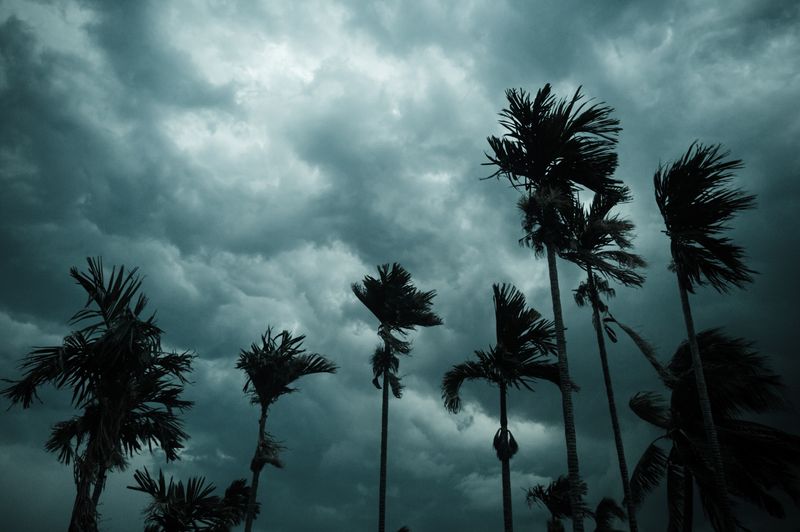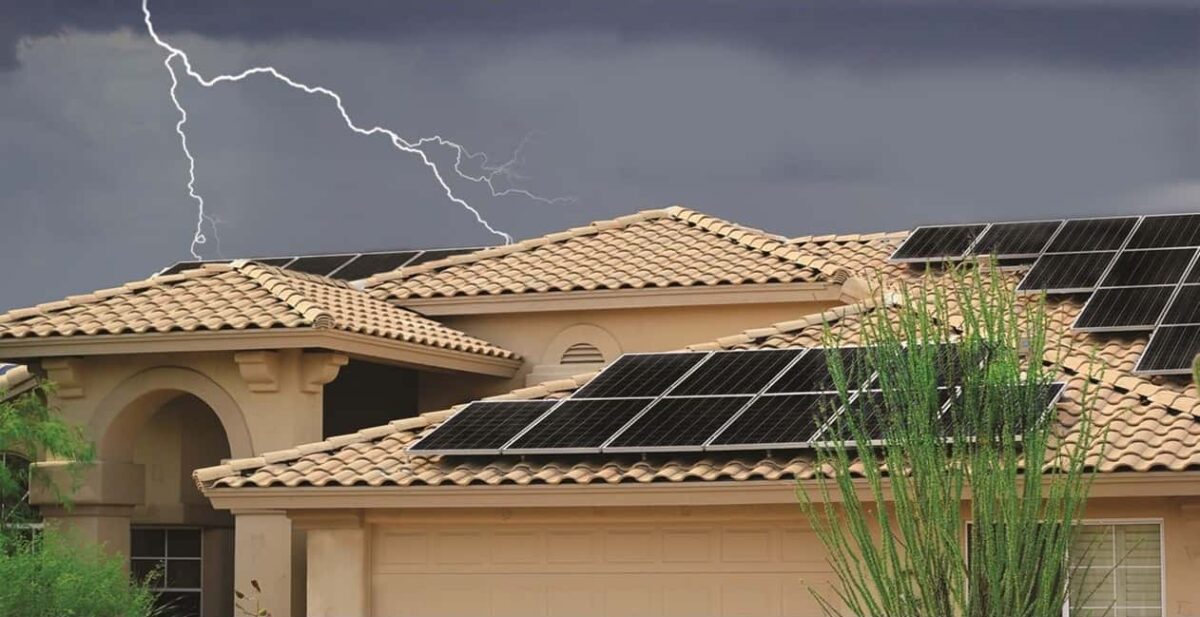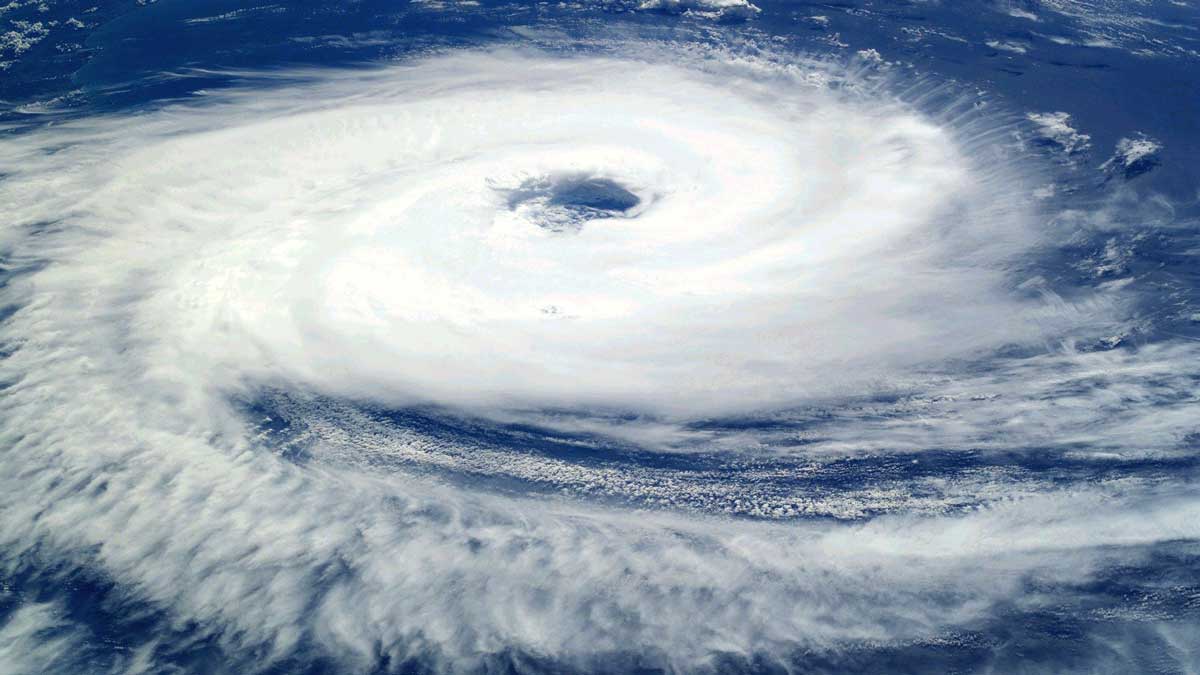Essential Solar System Maintenance Tips to Prepare for Hurricane Season
As hurricane season approaches, it is crucial for solar system owners to ensure their installations are properly maintained to minimize potential damage and maximize energy generation. Taking proactive steps before the storm hits can help safeguard your investment and keep your solar panels running efficiently. Here are some key maintenance tips to consider.
Inspection and Cleaning:
Before hurricane season arrives, schedule a professional inspection of your solar system. A certified technician can examine the panels, wiring, and mounting structure for any signs of wear, loose connections, or damage that could be exacerbated by strong winds. Additionally, it is essential to clean the panels thoroughly to optimize their performance. Remove debris, leaves, or dirt that may have accumulated on the surface, as these can hinder sunlight absorption and reduce energy production.
Reinforce Mounting Structure:
Ensuring the stability of the mounting structure is vital to protect your solar panels during hurricanes. Strong winds can exert tremendous force on the system, so reinforce the mounting racks or frames to withstand these conditions. Check for any loose or corroded bolts and tighten or replace them as necessary. Consider investing in hurricane-grade mounting brackets or wind clips to provide extra support and prevent panels from dislodging in extreme weather.
Secure Electrical Connections:
Hurricane-force winds can cause power outages and electrical surges. Safeguard your solar system by inspecting and securing all electrical connections. Verify that the wiring and connectors are properly fastened, and cover exposed connections with waterproof sealants or heat-shrink tubing. This helps prevent moisture infiltration and reduces the risk of electrical faults. Additionally, consider installing surge protectors to shield your solar system from voltage spikes that can occur during storms.
Taking proactive steps to maintain your solar system before hurricane season is crucial for its long-term durability and uninterrupted operation. Regular inspections, cleaning, and reinforcement of the mounting structure can significantly reduce the risk of damage. By implementing these essential maintenance practices, you can maximize the benefits of your solar investment and minimize potential disruptions caused by severe weather conditions.
Contact Florida Solar today for a service maintenance estimate.



